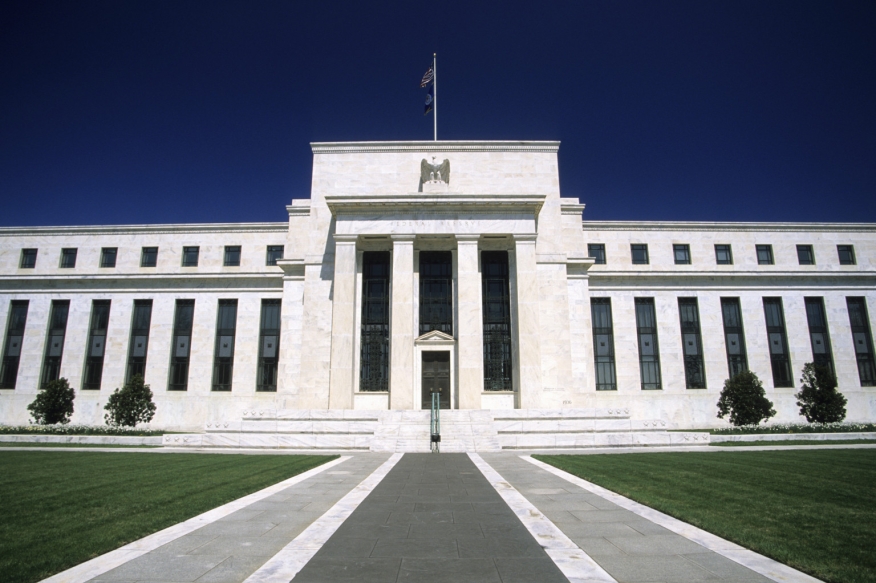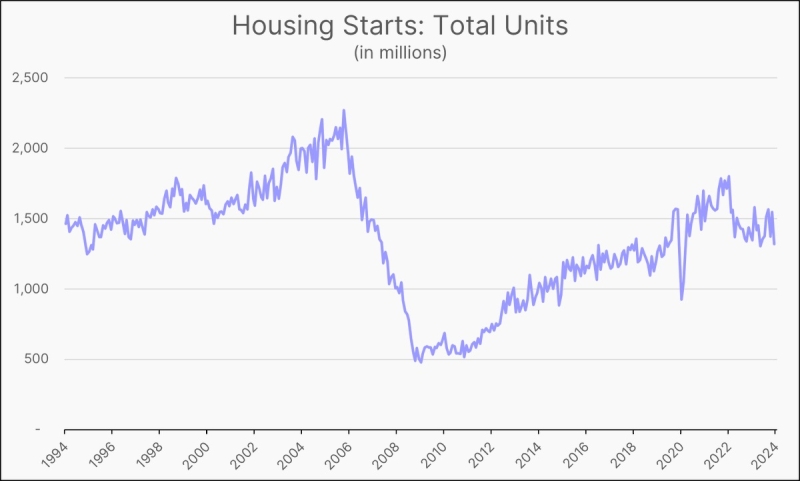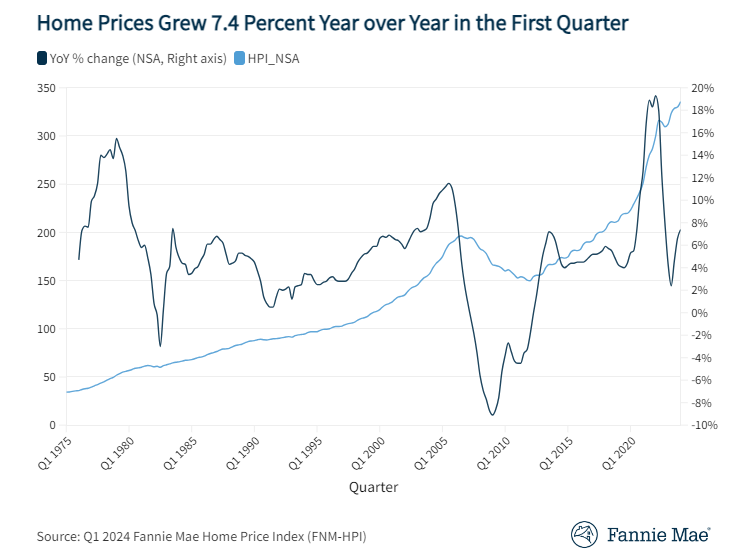
The Fed Plans To Raise Rates 'Until The Job Is Done'

The Fed’s primary goal is to reduce inflation, although this may “bring some pain to households and businesses.”
- The central bank’s ultimate goal is to manipulate interest rates to tamp down inflation to its 2% goal.
- This may run the risk of raising the unemployment rate, currently at 3.5% — a 50-year low.
- Although July’s lower inflation readings are welcome news, the Federal Open Market Committee is not satisfied with a single month’s improvement.
- The Fed will continue to use the 1970’s inflation crisis as a guide for today’s runaway inflation.
Federal Reserve Chairman Jerome Powell said Friday that the central bank's primary goal is to reduce inflation, even if it may “bring some pain to households and businesses.”
The comment was included in a speech Powell delivered this morning during a Kansas City Fed Symposium in Jackson Hole, Wyo., and signaled that The Fed can be expected to raise interest rates again at its next meeting in September.
So far this year, The Fed has raised rates four times, including unprecedented 75-basis-point increases in June and July.
The central bank’s ultimate goal, Powell said, is to manipulate interest rates to tamp down inflation to its 2% goal. Yet, this may run the risk of raising the unemployment rate, currently at 3.5% — a 50-year low.
“These are the unfortunate costs of reducing inflation,” Powell said. “But a failure to restore price stability would mean far greater pain.”
Although July’s lower inflation readings are welcome news, the Federal Open Market Committee (FOMC) is not satisfied with a single month’s improvement, he said, and will need to see more improvement to instill confidence that inflation is moving down.
The Mortgage Banker’s Association (MBA) expects the Fed to continue to raise the Fed funds rate in 2022, reaching a range of 3.25% and 3.5% by the end of the year, as it continues to focus its attention on tackling inflation that is still close to 40-year highs. This tightening of monetary policy will drive some of the slower growth. The MBA said it expects a 50-basis-point increase in September.
Powell said The Fed’s decision at the September meeting will depend on the totality of the incoming economic data and the evolving outlook. At some point, he said, as the stance of monetary policy tightens further, it likely will become appropriate to slow the pace of increases.
Investors, business owners, and even homebuyers may be groaning about The Fed’s recent decisions, but Powell put his foot down. “Our responsibility to deliver price stability is unconditional,” he declared.
The high inflation the U.S., is now experiencing is a global phenomenon. Many economies around the world face inflation rates as high or higher. Powell asserted that inflation in the U.S. is the result of strong demand and constrained supply.
“There is clearly a job to do in moderating demand to better align with supply. We are committed to doing that job,” he said.
It’s not entirely up to The Fed, however, to decide what inflation is going to do in the next few years, he said. The public’s expectations about future inflation play a vital role in setting the path for inflation over time. By today’s measures, longer-term inflation expectations remain well-anchored. That is according to household, business, and forecaster surveys, as well as market-based measurements.
Yet, if the public expects inflation to remain low and stable over time, then it likely will, Powell asserted. Unfortunately, the same can be said for high and volatile inflation. Powell said this is what caused inflation to climb during the Great Inflation crisis in the 1970s; the more inflation rose, the more people came to expect it to remain high, and they built that belief into wage and pricing decisions.
The Fed will continue to use the 1970s' inflation crisis as a guide for today’s runaway inflation. Powell said the employment costs of bringing down inflation are likely to increase with delay, as high inflation becomes more entrenched in wage and price setting. A lengthy period of very restrictive monetary policy was needed to stem the high inflation, he said.
“Our aim is to avoid that outcome by acting with resolve now,” Powell said. “We will keep at it until we are confident the job is done.”




